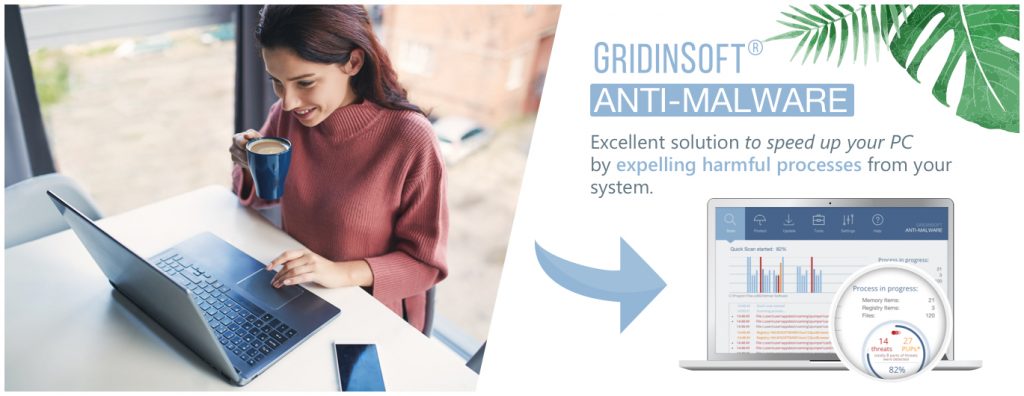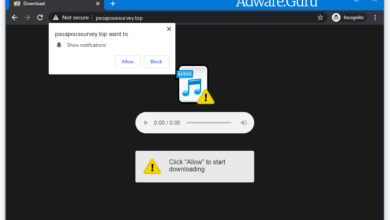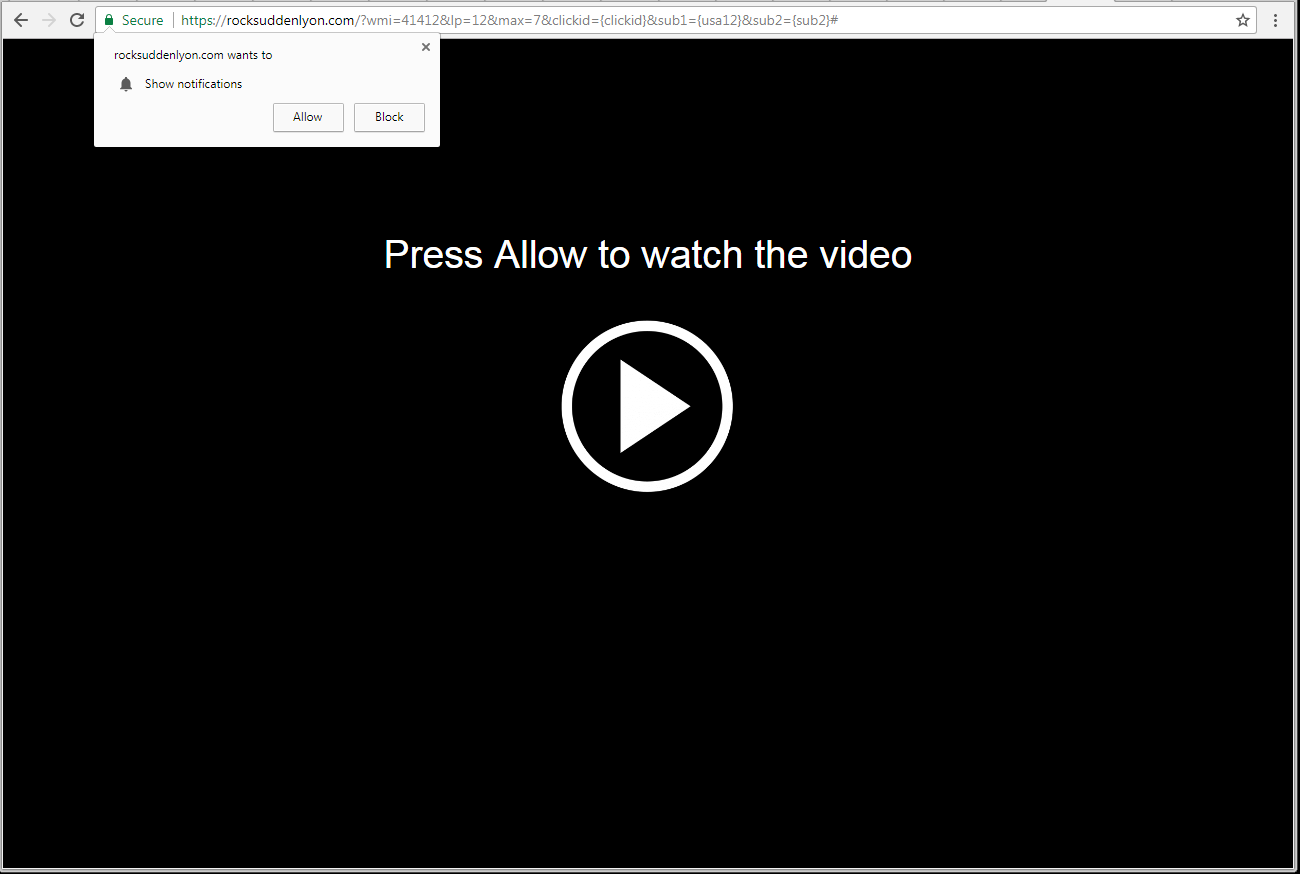How To Remove “Microsoft Has Detected a Malicious Virus On Your System” pop-ups
The “Microsoft Has Detected a Malicious Virus On Your System” alerts are a social engineering attack that puts your browser on screen and display pop-up messages that will not go away, basically locking your browser. These phony alert messages aim to fool you right into calling a suggested technological support hotline. If you call these fraudsters, they can supply phony services for your “issues” as well as request for payment in the form of an one-time charge or subscription to a purported support service.
These “Microsoft Has Detected a Malicious Virus On Your System” signals are absolutely nothing greater than a scam. Do not call the number in the pop-ups. Microsoft’s error and alerting messages never consist of a phone number.
Microsoft does not send unrequested e-mail messages or make unrequested telephone call to request personal or financial information or repair your Windows. Deal with all unrequested phone calls or pop-ups with apprehension. Do not provide any personal info.
Your web browser may be redirected to the sites that display the “Microsoft Has Detected a Malicious Virus On Your System” scam error messages either by harmful advertisements on the sites you go to or adware. When it comes via adware, these malicious programs are packed with other free software program that you download of the Web. Unfortunately, some cost-free downloads do not appropriately disclose that other software will likewise be installed as well as you may find that you have actually installed adware without your knowledge.
The “Microsoft Has Detected a Malicious Virus On Your System” fraud error messages is displayed in such a method as to trick the customer right into assuming their computer system has collapsed or that an infection has been found on the PC. It does this to try and scare the infected user right into calling among the noted phone number in order to obtain assistance. Actually, however, they will just be welcomed with people that are trying to sell them unneeded support assistance agreements and also solutions.
The “Microsoft Has Detected a Malicious Virus On Your System” scam error messages will certainly appear like this:

The fraudster will normally try to get the target to permit remote access to their computer. After remote access is obtained, the scammer relies on self-confidence tricks generally entailing utilities built right into Windows and various other software application in order to acquire the victim’s depend spend for the intended “assistance” solutions, when the fraudster actually takes the sufferer’s card account info.
How to Remove “Microsoft Has Detected a Malicious Virus On Your System” Pop-up Scam:
Remove “Microsoft Has Detected a Malicious Virus On Your System” pop-ups automatically:
The easiest method to stop “Microsoft Has Detected a Malicious Virus On Your System” pop-ups is to run an anti-malware program capable of detecting adware in general. You may try GridinSoft Anti-Malware. It’s good at detecting and removing adware and other PUPs (potentially unwanted programs).
Other software that may be able to get rid of Microsoft Has Detected a Malicious Virus On Your System:
You can also try to remove “Microsoft Has Detected a Malicious Virus On Your System” by hand using the following instructions.
Uninstall the suspicious programs from Windows
Go to Programs and Features, uninstall suspicious programs, programs you don’t remember installing, or programs you installed just before “Microsoft Has Detected a Malicious Virus On Your System” pop-ups appeared on your browser for the first time. When you are not sure if a program is safe, look for the answer on the Internet.
Windows XP:
- Click Start.
- In the Start menu select Settings => Control Panel.
- Find and click Add or Remove Programs.
- Select the program.
- Click Remove.
Windows Vista:
- Click Start.
- In the Start menu select Control Panel.
- Find and click Uninstall a program.
- Select the program.
- Click Uninstall.
Windows 7:
- Click Start.
- In the Start menu select Control Panel.
- Find and select Programs and Features or Uninstall a program.
- Select the program.
- Click Uninstall.
Windows 8 / Windows 8.1:
- Press and hold Windows key
 and hit X key.
and hit X key. - Select Programs and Features from the menu.
- Select the program.
- Click Uninstall.
Windows 10:
- Press and hold Windows key
 and hit X key.
and hit X key. - Select Programs and Features from the menu.
- Select the program.
- Click Uninstall.
Reset the browser settings to remove “Microsoft Has Detected a Malicious Virus On Your System” pop-ups:
Remove any suspicious extensions or extension you don’t recognize from browsers. Or your can easy to use Reset Browser Settings via GridinSoft Anti-malware:
Remove “Microsoft Has Detected a Malicious Virus On Your System” pop-ups from Google Chrome:
- Click on three dots menu button
 at the top right corner of the window.
at the top right corner of the window. - Select More tools ⇒ Extensions.
- Click REMOVE to uninstall an extension.
- Click Remove in the dialog box.
Remove “Microsoft Has Detected a Malicious Virus On Your System” pop-ups from Mozilla Firefox:
- Click on menu button
 and select Add-ons.
and select Add-ons. - Go to Extensions tab.
- To uninstall an add-on, click on Remove button next to it.
Remove “Microsoft Has Detected a Malicious Virus On Your System” pop-ups from Internet Explorer:
- Click Tools button
 in the top-right corner.
in the top-right corner. - Select Manage add-ons.
- In the drop-down menu under Show: select All add-ons.
- To delete an add-on, double-click it; in the new window click Remove.
Remove “Microsoft Has Detected a Malicious Virus On Your System” pop-ups from Opera:
- Press Ctrl +Shift + E keys to open extensions manager.
- To remove an add-on, click on the x button next to it.
- Click OK when asked to confirm.






